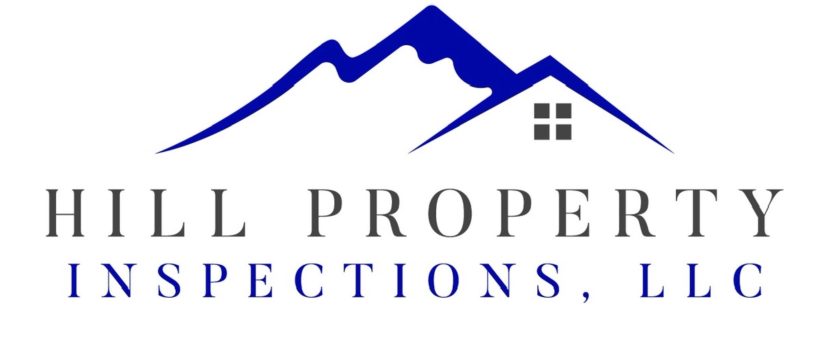If you have purchased a home in my neck of the woods (Pennsylvania), you’ve most likely either had a radon test conducted or were advised about the importance of having a radon test done. In fact, radon is so prevalent here in PA that it was added some time back to the real estate purchase agreement.
Nationwide, about 6% of homes – on average – have a potentially dangerous, elevated radon level; but here in PA, a shocking 40% of homes have elevated levels. Needless to say, radon testing in Pennsylvania is very common and strictly regulated, and homeowners everywhere should be familiar with the potential dangers of radon in their homes and have their home tested for radon.
Radon is an odorless, colorless, tasteless gas and, according to the Environmental Protection Agency, is the second leading cause of lung cancer next to smoking. If you are a current or former smoker and are exposed to elevated radon levels, your risk of contracting lung cancer increases exponentially.
Often times, home buyers and even real estate agents assume that homes with an existing radon mitigation system or that have been built with newer radon prevention techniques are safe and guaranteed to have little or no radon. Unfortunately, this is not always true, and I can attest to this fact from my experience as a state certified radon tester.
Not too long ago, I conducted a radon test for a real estate transaction in a house that had an existing mitigation system. The listing agent for the home (seller’s realtor) questioned the need for conducting the test since a mitigation system was already present and operational. This seems logical, but it is recommended that radon testing be done for all real estate transactions in our state, and this particular home proved why.
To the surprise of all of us involved, the radon test results showed elevated levels in the home, even though the mitigation system was running during the test. As a result, the sellers and buyers were thankful and relieved that the test had been done, and the contractor who had installed the system years before came to the house to install a new, larger fan to achieve lower levels.
Likewise, I inspected a home that had been built in a very energy efficient manner with closed cell spray foam insulation, a great deal of air sealing, etc. One would assume that this type of construction would prevent radon gas from entering the inside of the structure, but yet again, the test results showed an elevated level and a mitigation system was subsequently installed.
The EPA recommends that all homeowners test their homes for radon and even recommends that homes with existing mitigation systems be tested at least every two years to ensure the system is working as intended. This undoubtedly seems like overkill to some, but my experience proves that this advice is, in fact, sensible and worth following.
Don’t make the mistake of assuming that any house is free of radon or contains low levels – even if a mitigation system is already present or the house has been built with methods to prevent radon entry. The small price you’ll pay for having your home tested is well worth the peace of mind you will get once you know what course of action (if any) you need to take to protect yourself and your family.
For more radon information, including links to EPA literature, visit the “FAQ” section of our website. If you have not had a radon test conducted within the past two years, consider hiring a qualified tester to test your home so you know your radon level and whether mitigation is warranted.
[PA DEP Certified Radon Testing Individual #3311]
*To visit our main website, go to http://www.hillinspections.com
